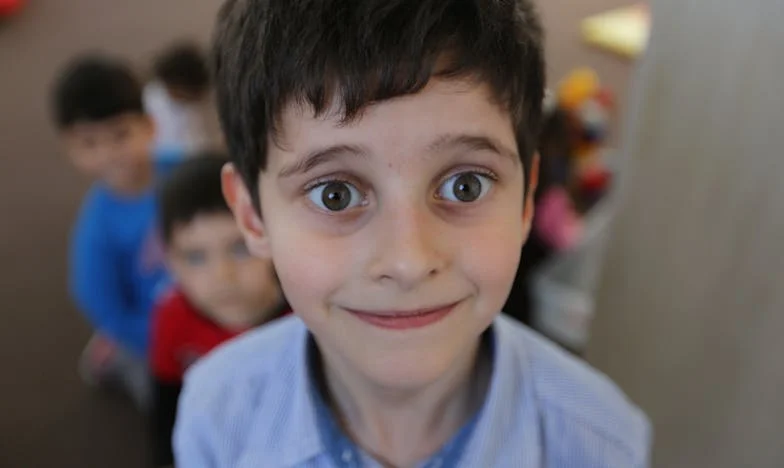Understanding and Managing Your Child’s Clinginess: Strategies for Parents
Understanding and Managing Your Child’s Clinginess: Strategies for Parents
Clinginess in children is a common concern among parents. It manifests as a child’s excessive need for attention, reluctance to be alone, or distress in separating from their parents. While it can be challenging, understanding the root causes and employing effective strategies can significantly improve the situation. This article delves into why children like Ian, Chase, Connor, Sydney, Bailey, and Jessica might exhibit clingy behavior and how parents can address it.
Why Is Your Child Clingy?
Clinginess can stem from various factors, including developmental stages, anxiety, changes in the environment, or even the parenting style. For instance, Sydney, a four-year-old, might experience separation anxiety, a normal part of development where children fear being away from their parents. Meanwhile, Bailey, who recently moved to a new city, might cling to her parents as she navigates the unfamiliarity of her surroundings.
In some cases, children like Connor might become clingy after a stressful event, such as the birth of a sibling, indicating his need for reassurance and attention. Alternatively, Jessica’s clinginess could be a learned behavior if she notices that it is an effective way to gain her parents’ undivided attention.
Strategies for Managing Clinginess
1. Establish Routines: Children thrive on predictability. For Chase, having a consistent bedtime routine can provide comfort and reduce his clinginess at night. Similarly, a goodbye ritual can help Ian cope with separation anxiety when starting school.
2. Foster Independence: Encourage your child to engage in independent play. Start with short durations and gradually increase them. For example, Sydney might begin with five minutes of solo play and slowly extend to 30 minutes as she becomes more comfortable.
3. Validate Their Feelings: Acknowledge your child’s feelings without immediately rushing to solve the problem. Telling Bailey, “I see you’re feeling sad about leaving me. It’s okay to feel that way,” validates her emotions and helps her process them.
4. Gradual Separation: If Connor exhibits severe separation anxiety, start with short separations and gradually increase the duration. This could mean leaving him with a trusted caregiver for 30 minutes and slowly extending the time as he becomes more secure.
5. Positive Reinforcement: Praise your child for brave behavior. If Jessica manages to play independently or stays calm during a separation, acknowledge her effort. This reinforcement encourages her to continue the behavior.
6. Seek Professional Help: If clinginess persists and significantly impacts daily functioning, it might be time to consult a family psychologist. There could be underlying issues that professional intervention can address.
Real-Life Examples
Ian’s parents implemented a consistent bedtime routine, which helped reduce his nighttime clinginess. Chase’s mother started a “bravery chart” where he earned stickers for independent play, significantly boosting his confidence. Connor’s gradual exposure to short periods away from his parents, with positive reinforcement, helped him adjust to longer separations.
In conclusion, understanding the root causes of your child’s clinginess and employing targeted strategies can make a significant difference. Remember, patience and consistency are key. Every child, like Sydney, Bailey, Jessica, and others mentioned, is unique, and finding what works best for your family might take time and experimentation.
